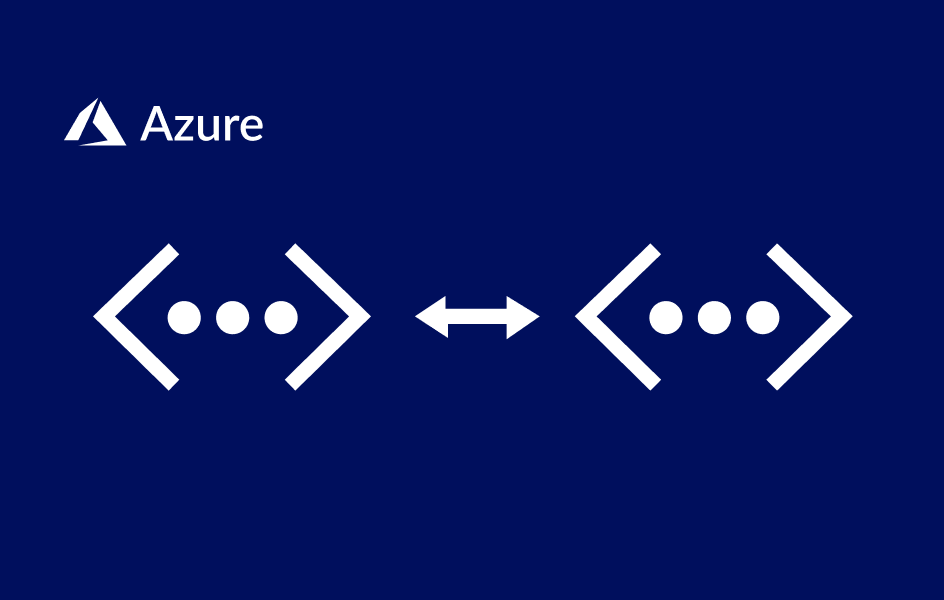Add Address Space to a Peered Virtual Network (Preview)
Microsoft introduced yet another feature to enhance its Azure users’ comfort. Before, you’d have to remove all peering of a virtual network (VNet), add new addresses to a subnet, and then redo all peering. This would entail downtime-related issues. Now, you can add new address spaces without peering deactivation. Amazing!
Read more







